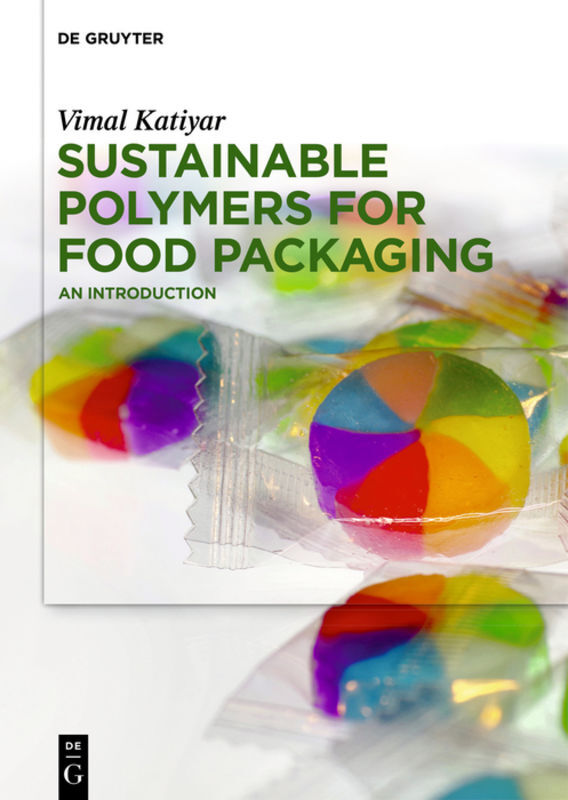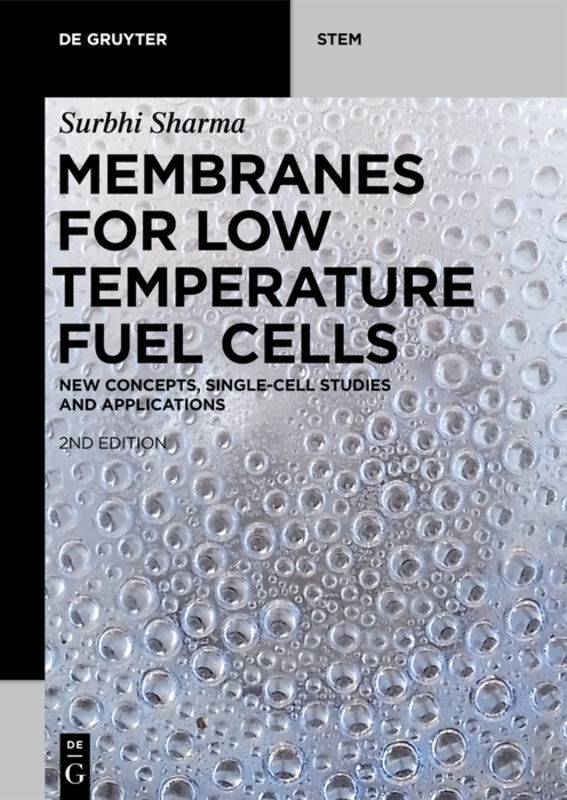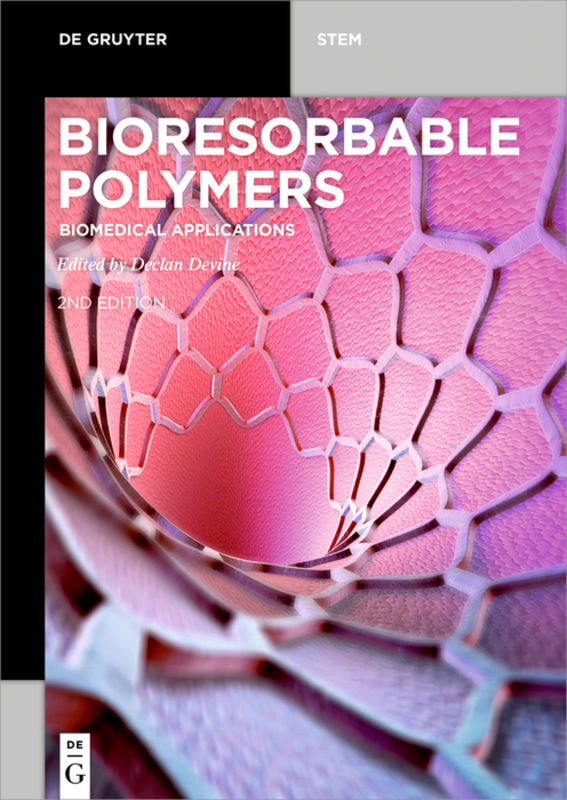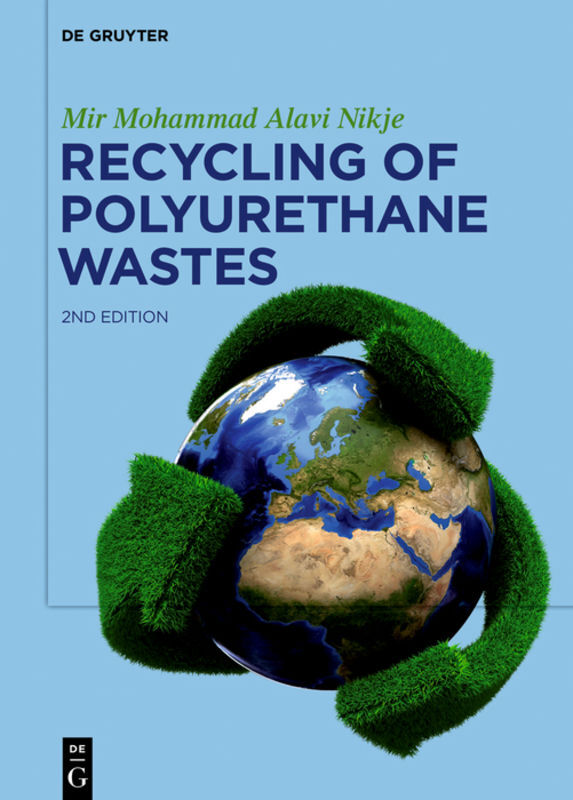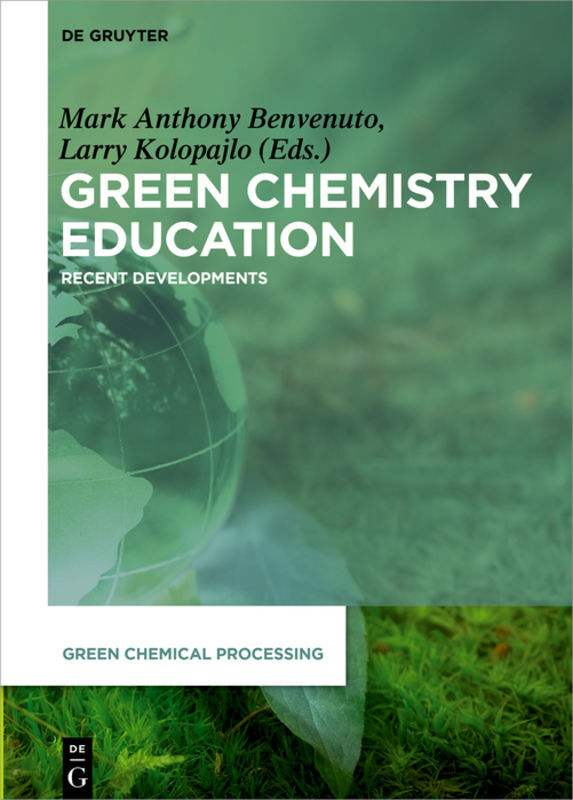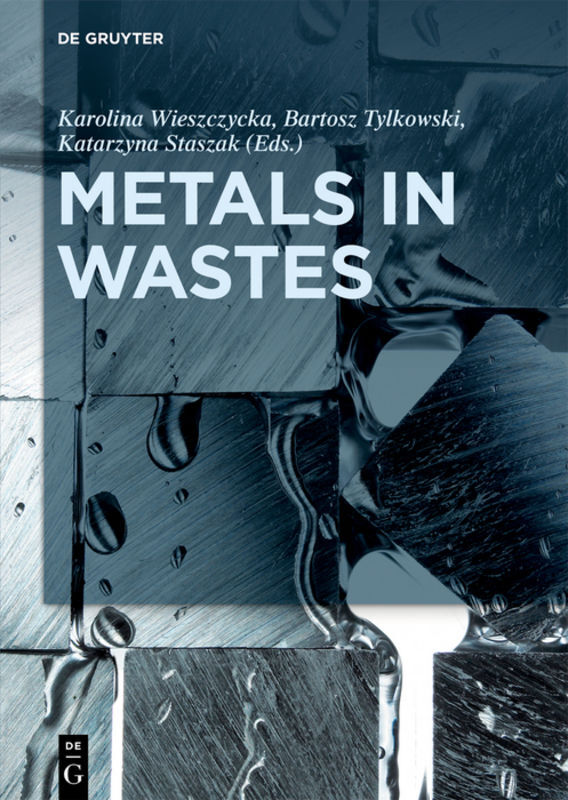Bioenergy: Principles and Technologies. Vol.2
The second part of Bioenergy: Principles and Technologies continues the discussion of biomass energy technologies covering fuel ethanol production, pyrolysis, biomass-based hydrogen production and fuel synthesis, biodiesel, municipal solid water treatment and microbial fuel cells. With a combination of theories, experiments and case studies, it is an essential reference for bioenergy researchers, industrial chemists and chemical engineers.
Table of Content:
Chapter 1 Technologies of Fuel Ethanol Production
1.1 Characteristics and Applications of Fuel ethanol
1.1.1 Physical and chemical characteristics of ethanol
1.1.2 Performance comparison of ethanol and gasoline
1.1.3 Fuel ethanol application on combustion engine
1.1.3.1 Mixed fuel application of ethanol and gasoline on combustion engine
1.1.3.2 Mixed fuel application of ethanol and diesel on combustion engine
1.2 Production theory of ethanol
1.2.1 ethanol
1.2.2Biochemical process of ethanol fermentation
1.2.3 Ethanol fermentation microbiology
1.2.4 Screening of ethanol fermentation microorganism
1.3 Ethanol Production from Starch Feedstocks
1.3.1 Type of Starch Feedstocks
1.3.2 Crushing
1.3.3 Steaming & Gelatinization
1.3.4 Saccharification
1.3.5 Yeast Starter Culture
1.3.6 Ethanol Fermentation
1.3.7 Ethanol Extraction and Purification
1.3.8 Examples of Industrial Production
1.4 Ethanol production from sugar-based materials
1.4.1 Type of Sugar-based Feedstocks
1.4.2 The feature of sugar-based ethanol production
1.4.3 Molasses ethanol production features
1.4.4 Technology of molasses ethanol production
1.4.5 Ethanol produced by sweet sorghum stalk
1.4.6 Fuel ethanol production case from molasses raw material
1.5 Ethanol Production from Lignocellulosic materials
1.5.1 Type of Lignocellulosic Feedstocks
1.5.2 Principle of hydrolysis
1.5.3 Acid hydrolysis and ethanol fermentation
1.5.4 Enzyme hydrolysis and ethanol fermentation
1.5.5 Fuel ethanol production case from Lignocellulosic material
1.6 Economical analysis of fuel ethanol production
1.6.1 Economical analysis of fuel ethanol production based on starch materials
1.6.2 Economical analysis of fuel ethanol production based on sugar materials
1.6.3 Economical analysis of fuel ethanol production based on lignocellulose materials
1.7 Environmental Impacts of Fuel Ethanol Production and Control approaches
1.7.1 Formation Ways of Pollutants
1.7.2 Treatment Methods of Waste
1.7.3 Control Approaches of Pollutants
1.8 Overview of ethanol production worldwide
1.2.1Global development situation of fuel ethanol industry
1.2.2 Development status of fuel ethanol industry in China
Chapter 2 Technologies of Biomass Pyrolysis
2.1 Principle and Technology of Biomass Fast Pyrolysis
2.1.1 Overview of Biomass Fast Pyrolysis
2.1.2 Characteristics of Biomass Fsat Pyrolysis
2.1.3 Technologies of Biomass Fats Pyrolysis
2.1.4 Demo Applications of Biomass Fast Pyrolysis
2.2 Upgrading and Application of Bio-oil
2.2.1 Compositions and Properties of Bio-oil
2.2.2 Bio-oil Upgrading with Adding Hydrogen
2.2.3 Bio-oil Upgrading with Catalysis Cracking
2.2.4 Bio-oil Upgrading with Catalysis Esterification
2.2.5 Bio-oil Steam-Reforming for Hydrogen
2.2.6 Bio-oil Emulsion
2.2.7 Bio-oil Combustion
2.2.8 Demo Applications of Bio-oil
2.3 Carbonization of Biomass
2.3.1 Biomass Carbonization Technology
2.3.2 Char Properties and Application
2.3.3 Application of Biomass Distillation Gas
2.3.4 Case Study of Biomass Carbonization
Chapter 3 Technologies of Biomass-Based Hydrogen Production
3.1 Introduction
3.1.2 Properties of Hydrogen
3.1.3 Biomass-Based Hydrogen Production Methods
3.1.4 Development and Utilization of Hydrogen
3.2 Thermochemical Hydrogen Production
3.2.1 Introduction
3.2.2 Hydrogen from Steam or Partial Oxidation Gasification
3.2.3 Hydrogen from Biomass-Derived Synthesis Gas
3.2.4 Supercritical Hydrogen Production
3.2.5 Hydrogen from Biomass Pyrolysis
3.2.6 Hydrogen Production with Solid Heat Carrier
3.2.1 Hydrogen Production from Chemical-looping Gasification
3.3 Biomass-Derived Catalytic Hydrogen Production
3.3.1 Introduction
3.3.2 Hydrogen From Biomass-Derived Pyrolysis Oils
3.3.3 Hydrogen From Biomass-Derived Methanol
3.3.4 Hydrogen From Biomass-Derived Ethanol
3.3.5 Hydrogen From Biomass-Derived Dimethyl Ether
3.4 Biological Hydrogen Production
3.4.1 Introduction
3.4.2 Direct Biophotolysis
3.4.3 Indirect Biophotolysis
3.4.4 Photo-fermentation
3.4.5 Dark Fermentation
3.4.6 Biological Water-gas Shift Reaction
3.5 Technoeconomic and Life Cycle Analysis of Biomass to Hydrogen
3.5.1 Introduction
3.5.2 Approach of Analysis
3.5.3 Analysis of Several Hydrogen Production Methods
Chapter 4 Technologies of Biomass Based Fuels Synthesis
4.1 Bio-fuels production by synthesis from syngas
4.1.1 Mechanism of FT synthesis from syngas
4.1.2 Methanol synthesis from syngas
4.1.3 Dimethyl ether synthesis from syngas
4.1.4 Mixture alcohol synthesis from syngas
4.1.5 Diesel synthesis from syngas
4.1.6 Gasoline synthesis via methanol from syngas
4.2 Bio-fuels synthesis by aqueous phase catalytic conversion of biomass
4.2.1 Mechanism of aqueous phase catalytic conversion of biomass
4.2.2 Alkane production by aqueous phase catalytic conversion of biomass
4.2.2 Alkane production by aqueous phase catalytic conversion of biomass
4.2.3 Oxgenated loquid fuels production by aqueous phase catalytic conversion of biomass
4.3 Bio-fuels production by polymerization of low carbon number of olefin
4.3.1 Mechanism of polymerization of low carbon number of olefin
4.3.2 Gasoline production by polymerization of low carbon number of olefin
4.3.3 Jet fuels production by polymerization of low carbon number of olefin
Chapter 5 Technologies of Plant Oil Fuel and Biodesel
5.1 Plant oil fuel
5.1.1 Physicochemical Properties of plant oil
5.1.2 Method of Plant Oil for Fuel--- Microemulsification
5.1.3 Process of Plant Oil Extraction
5.1.4 Case of colza oil fuel test
5.1.5 Case of Cottonseed oil and diesel fuel mix
5.2 Biodiesel production technology
5.2.1 The principle for biodiesel production
5.2.1.1 Esterification reacrtion
5.2.1.2 Transesterification reaction
5.2.2 Technologies for biodiesel production
5.2.2.1 Enzymatic transesterification method
5.2.2.2 Chemical method
5.2.2.3 Supercritical methanol method
5.2.3 Processing and design for biodiesel production
5.2.3.1 The process flow
5.2.3.2 Catalysts
5.2.3..3 The reactors
5.2.3..4 The separation and purification process of crude biodiesel
5.2.4 Study cases for biodesel engineering
5.2.4.1 Processing technological analysis
5.2.4.2 Economic analysis
5.2.5 Globle development of biodiesel
5.2.5.1 China
5.2.5.2 United states
5.2.5.3 European union
5.2.5.4 Other countries
5.2.6 Environmental impact
Chapter 6 Technologies of Municipal Solid Waste (MSW) Treatment
6.1 Characteristics of MSW
6.1.1 Characteristics of foreign MSW
6.1.2 Characteristics of domestic MSW
6.1.3 Status of MSW treatment in China
6.2 MSW treatment and utilization
6.2.1 Sanitary landfills
6.2.2 Incineration for power generation
6.2.3 Aerobic composting
6.2.4 Anaerobic digestion
6.3 Classic case of MSW treatment in China
6.3.1 Shenzhen Xiaping MSW landfill project
6.3.2 Guangzhou Likeng MSW incineration power plant
6.3.3 Beijing Nangong compost plant
6.3.4 Chongqing kitchen waste anaerobic digestion plant
6.3.5 Enshi MSW integration disposal plant
6.4 Prospect on MSW treatment
6.4.1 Collection and transport based on source separation
6.4.2 MSW integration disposal and utilization
6.4.3 Secondary pollution prevention by technical innovation
Chapter 7 Technologies of Microbial Fuel Cell
7.1 Microbial fuel cell overview
7.1.1 History of MFC
7.1.2Basic Theory of MFC
7.1.3Power-generation Mechanism of MFC
7.2 MFC Operation Technology
7.2.1 Power-generation Microbial and community analysis
7.2.2 Substrate Used in MFC
7.2.3 Materials
7.2.4 MFC Architecture
7.2. 5 Others
7.3 Evaluation method of MFC Performance
7.3.1 Electrochemical Characteristics
7.3.2 Coulombic efficiency and Energy efficiency
7.3.3 Polarization and Power density Curves
7.3.4 Measuring Internal Resistance of MFC
7.3.5 Degradation effect for waste water
7.3.6 Others
7.4 Application and Function expansion of MFC
7.4.1 MFC for Power Generation
7.4.2 MFC for Wastewater treatment
7.4.3 MFC for Ecological Remediation
7.4.4 MFC for Heavy mental recovery
7.4.5 MFC for hydrogen production
7.4.6 MFC for Biosensor
7.4.1 MFC for Biological Desalination
7.5 outlook about MFC
Yuan, Zhenhong
China Science Publishing & Media Ltd.
| ISBN | 9783110475517 |
|---|---|
| Artikelnummer | 9783110475517 |
| Medientyp | Buch |
| Copyrightjahr | 2017 |
| Verlag | De Gruyter |
| Umfang | XII, 464 Seiten |
| Abbildungen | 120 b/w and 50 col. ill., 50 b/w tbl. |
| Sprache | Englisch |

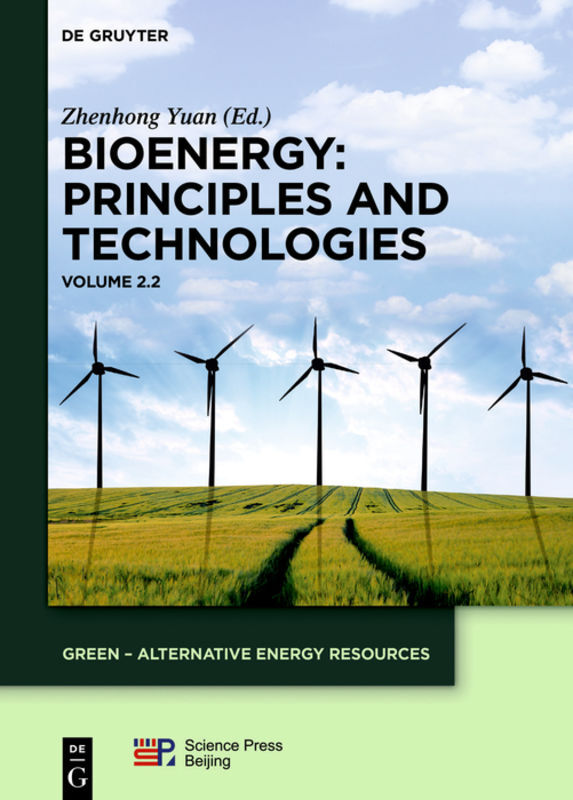
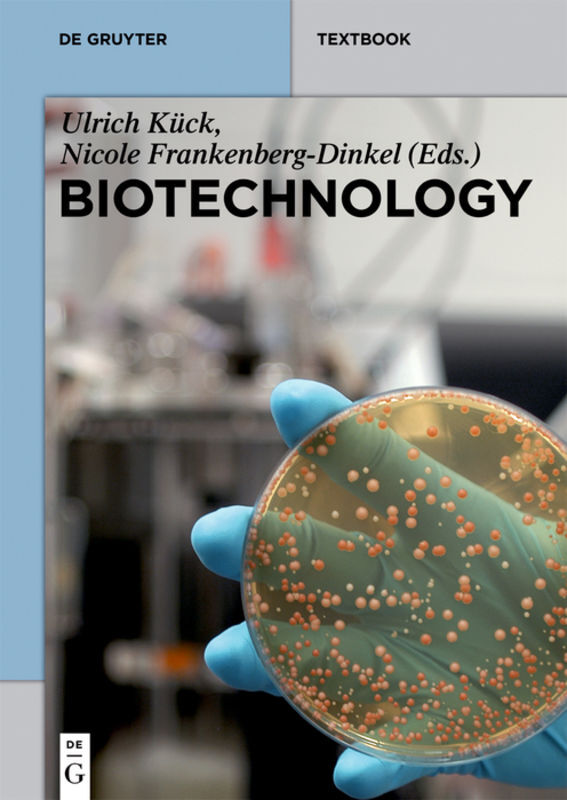
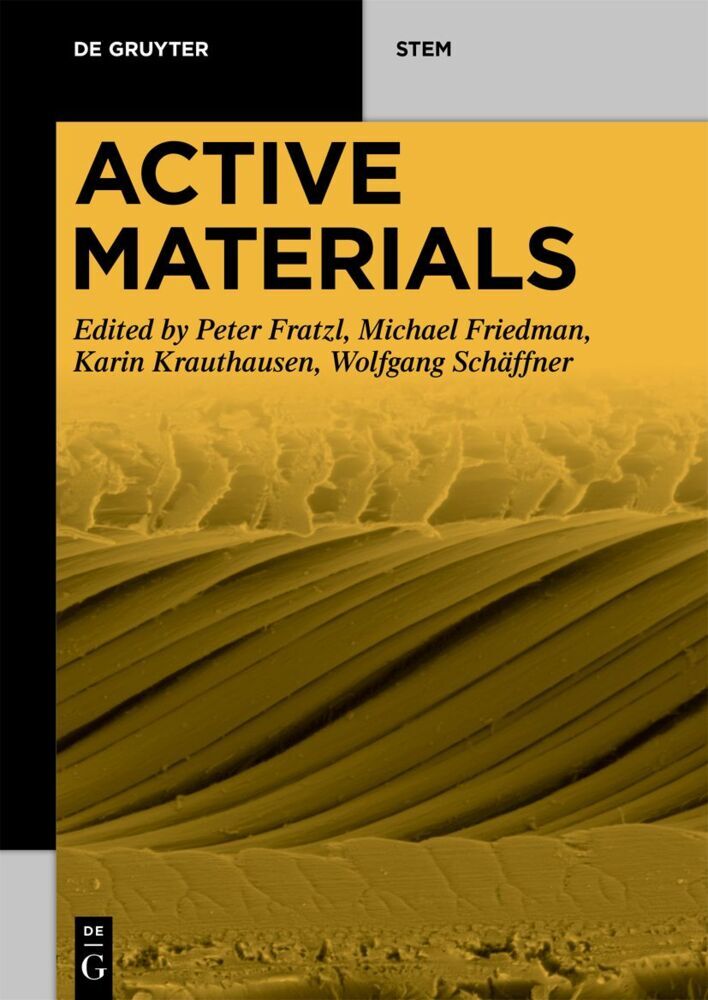
![[Set Flow Chemistry, Vol 1+2], 2 Teile [Set Flow Chemistry, Vol 1+2], 2 Teile](https://www.deutscher-apotheker-verlag.de/media/6c/35/72/1686108346/9559591400001A.jpg)
